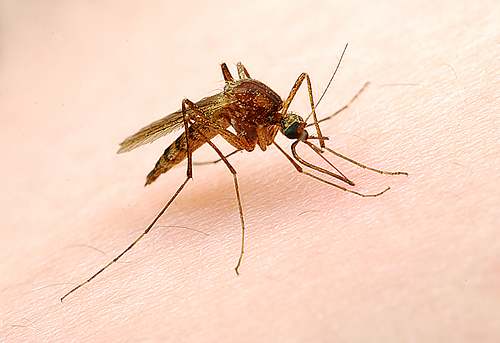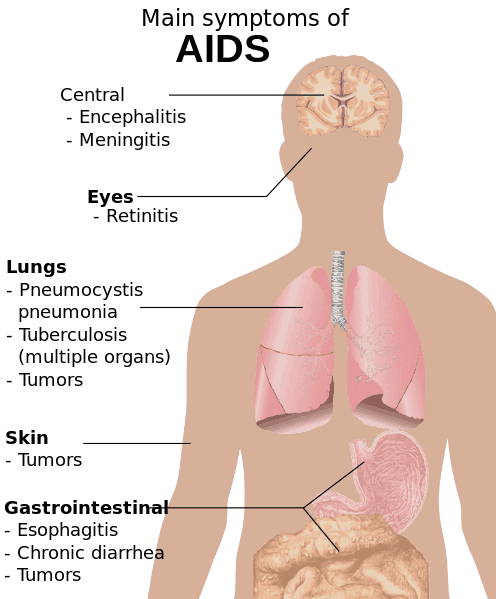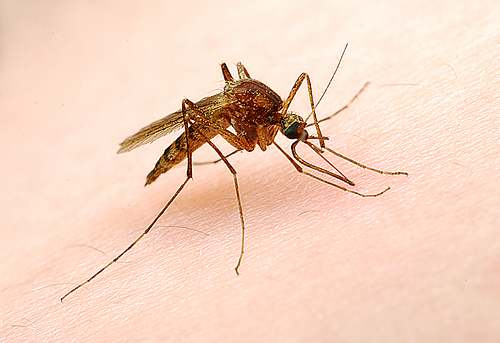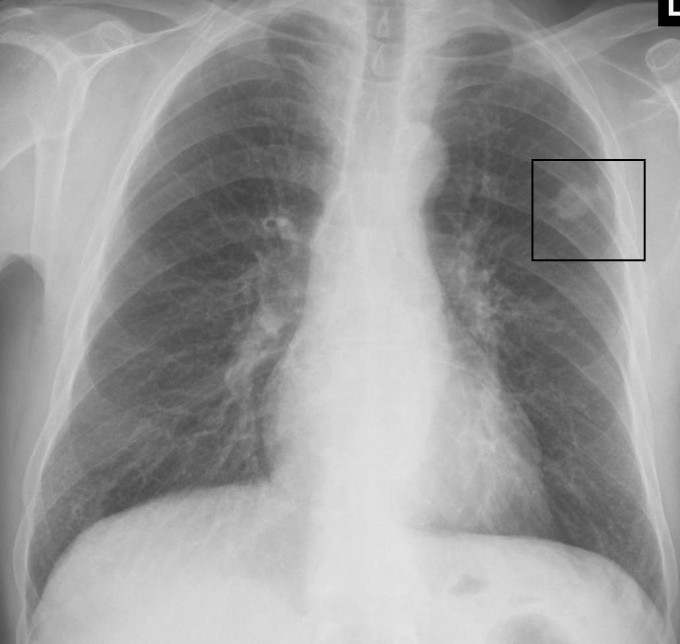When you’re ill, even if it’s only a cold, the natural reaction is to feel like you are on your last legs. Obviously the next day, when miraculously you are feeling back to your normal self, you wonder what all the fuss was about.
People deal with illness and disease in different ways and what seems like a worst case scenario to some, is little more than an inconvenience to others. Unfortunately, not everyone can be of the latter school and consequently, over the years the population of the world has been diminished by some really horrific diseases.
The Black Death, for example, of which there were actually several outbreaks across 400 or so years, proved to have such a devastating effect on the populations of Europe, India, the Middle East and China that they killed an estimated 100 million people.
Another was Spanish Flu (or The Great Influenza), which in just six months during 1918 to 1919 had a mortality figure between 50 and 100 million people. It managed this mainly because it was so virulent that it attacked a huge cross section of age groups, rather than just the young or old as is so often apparent with many diseases.
Thankfully, today there is far less likelihood of figures like this occurring, such has been the advances in modern medicine. There are, however, even in this world of ultra-modern technology, still some devastating diseases that seem to be proving a little harder to defeat and the following five, in no particular order, are a notable selection.
1. AIDS
Image: Eric Draper (Wikipedia)
Acquired Immunodeficiency Syndrome (AIDS) is considered to be one of the most serious health problems in the world. The virus, which has killed over 30 million people since it was first recognised in 1981, enters the bloodstream and aggressively attacks the body’s immune system. From having unprotected sex through to sharing a needle (even unknowingly, such as when getting a tattoo), more people than ever are now aware of how you can become infected with the AIDS virus, yet it is still being spread right around the world, something that really shouldn’t be happening.
The symptoms, which in the early stages are almost flu like and will generally clear up in a month or two, include headache, fever and acute fatigue. Progressing to a type of dementia, loss of body weight and muscle fat that can’t seem to be retrieved, a total loss of appetite and brain tumours often follow before death. Unfortunately, the disease can appear to lay dormant for many months before the earliest of symptoms begin to shown, making early-stages of AIDS particularly difficult to diagnose.
Yet although it might be difficult to diagnose early – and whilst no cure is available – AIDS is possibly one of the most recognised illnesses in the world today, as much has been done to prevent cases increasing. With ‘World Aids Day’ taking place on 1 December, the red ribbon is seen the world over, as people pledge money regularly to help fight this global disease.
2. Fatal Familial Insomnia
An ultra-rare, genetic brain disease that has no known cure, Fatal Familial Insomnia (FFI) impacts on one of most natural aspects of life – the ability to sleep. In the world today, it affects somewhere in the region of 100 people in around 40 families, all of whom know that any of their children will have a 50% chance of contracting the disease.
Whilst FFI isn’t a widely known disease, we’ve included it in this list because it is considered to be one of the world’s worst. Often starting in middle age with problems sleeping, it tends to lead to the patient suffering delirium, confusion and hallucinations. With symptoms including severely constricted pupils, high blood pressure and profuse sweating, FFI has an average survival time of only 18 months, eventually resulting in total, fatal insomnia.
3. Cholera
Image: CDC (Wikipedia)
Image: humanrightsblogucf
It’s hard to believe that in this day and age, people are still dying from cholera, as it is caused by the consumption of contaminated food or water. Occurring mainly in places that have poor sanitation, overcrowding, famine and / or are war zones, there have been notable outbreaks in parts of Africa, Asia, India and South America.
The infection, which although nowhere near as damaging as it once was, still incredibly causes between 100,000 to 130,000 deaths a year, affecting the small intestine to give the patient very severe diarrhoea and vomiting. The symptoms, including a rapid heart rate, abdominal cramps and excessive thirst, can progress very quickly to severe dehydration, which can prove to be fatal.
4. Malaria
Image: StoneHorse Studios (Flickr)
Image: Mike Blyth (Wikipedia)
As recently as 2010, it was estimated that there was a staggering 216 million documented cases of malaria worldwide. Most prevalent in parts of Africa, where an incredible 90% of the malaria-related deaths – of which there are 655,000 a year, many being children under the age of 5 – take place, it is caused by a bite from the human blood loving mosquito, usually at night when the victim is sleeping. Carrying the parasite that enters the bloodstream, it causes symptoms, usually after 10 to 14 days, such as fever, shivering and vomiting which, if not treated, will prove to be deadly.
There is, at this time, still no vaccine that offers a high enough level of protection against this killer. However, huge developments have been made to combat malaria, with seemingly simple and inexpensive things – such as mosquito nets – proving to be extremely successful.
5. Cancer
Image: Lange123 (Wikipedia)
Image: Wikipedia
It might be a broad disease, but it wouldn’t be right talking about just one type of cancer – there are thought to be around 200 different types, making it one of the worst ever and sadly probably the biggest long term killer. It is estimated that there are close to 13 million cases reported worldwide every year, with this number – unlike with other diseases – expected to double in the next 15 to 20 years.
With symptoms and causes varying from cancer to cancer, there the now obvious things like over exposure to the sun, which could cause a melanoma skin cancer or inhaling tobacco smoke, causing lung cancer, which many of us know about. However, in general, cancers are multifactorial, meaning that there is no single cause for any one specific type.
Fortunately, we are living in a world where detection rates are continually increasing and developing cancer is no longer seen as something that will lead to your instant death, with several cancers considered relatively ‘easy’ to treat and recover from (when compared to a few decades ago). As with malaria, a lot of this is due to better education amongst the public, as although it might be difficult to spot lung cancer early, more and more people are becoming aware of the symptoms of other cancers, such as that of the skin.






















